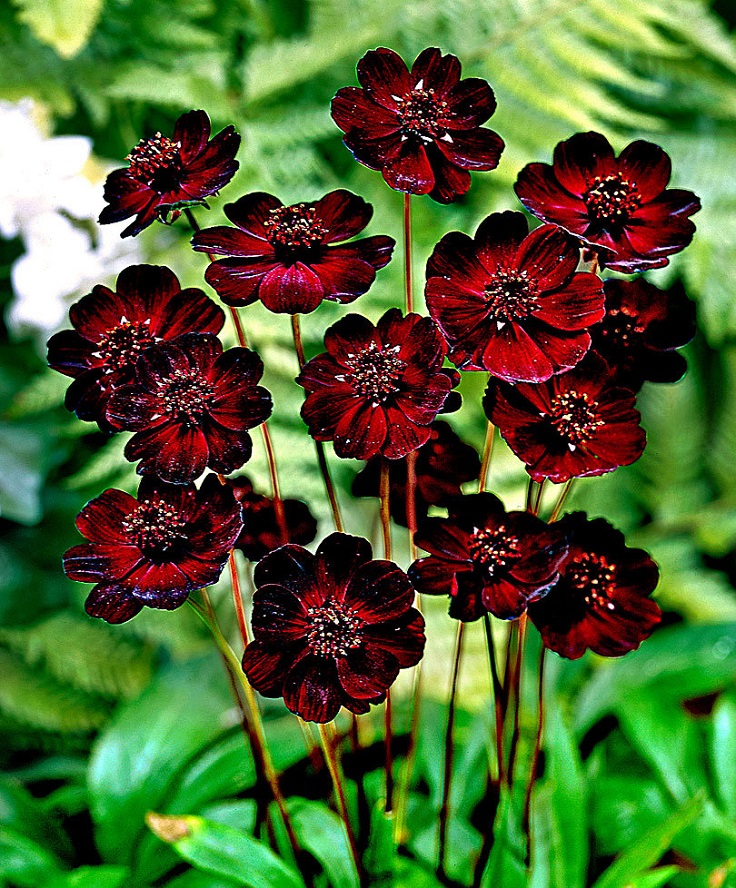How To Grow And Care For A Lamb's Ear Plant
Yo, fellow gardeners! Today, we're talking about growing lamb's ear - that soft, fuzzy plant that's practically asking you to reach out and pet it! If you want to add some texture to your garden, lamb's ear is the perfect choice. Here's everything you need to know about planting and caring for these unique plants.

Plant Attributes
Lamb's ear (scientifically known as Stachys byzantina) is native to the Middle East, but it's become a popular ornamental plant in gardens around the world. The plant gets its name from the shape and texture of its leaves, which resemble the ears of a lamb. The leaves are thick, velvety, and silvery-grey in color, making lamb's ear a unique addition to any garden.
Lamb's ear is a hardy perennial that grows well in USDA zones 4-9. They prefer full sun to partial shade and can tolerate a variety of soil types, including clay, loam, and sandy soil. They're also drought-tolerant and low-maintenance, making them a great choice for beginner gardeners.
Plant Care
Planting lamb's ear is relatively easy. You can start them from seed, but it's often easier to purchase established plants from a nursery. When planting, make sure to space the plants about 12-18 inches apart as they can spread quickly.
Lamb's ear doesn't require a lot of water, especially once they're established. Over-watering can cause the plants to rot, so it's important to let the soil dry out between waterings. If you're not sure whether your lamb's ear needs water, check the soil about an inch below the surface. If it's dry, it's time to water.
Fertilizer isn't necessary for lamb's ear, but you can give them a boost of nutrients by adding compost or a slow-release fertilizer to the soil in the spring.
Pruning
Lamb's ear doesn't require much pruning, but it's a good idea to remove any dead or wilted leaves as needed. This will help keep the plant healthy and looking its best.
Propagation
You can easily propagate lamb's ear by dividing the plants in the spring. Simply dig up the plant and gently separate the roots into two or three clumps. Replant the clumps in fresh soil and water them thoroughly.
Potting & Repotting
If you're growing lamb's ear in a container, make sure to use a well-draining potting mix. The container should have drainage holes to prevent water from accumulating in the soil. Repotting isn't usually necessary unless the plant becomes too large for its container.
Common Pests & Plant Disease
Lamb's ear is relatively pest-free, but they can sometimes be affected by spider mites or mealybugs. If you notice any signs of infestation, try spraying the plants with insecticidal soap or neem oil.
If the plant leaves start turning yellow, it could be a sign of root rot. This can be caused by overwatering or soil that doesn't drain well. To prevent root rot, make sure the soil dries out between waterings and don't water the plant too frequently.
Common Problems
One of the biggest problems with lamb's ear is that it can spread quickly and take over your garden. To prevent this, you can trim back the plant or dig it up and divide it every few years. You can also plant lamb's ear in pots to keep it contained.
Another issue with lamb's ear is that it can become too dry or crispy in hot, dry weather. If this happens, give the plant a deep watering to help revive it.
Overall, lamb's ear is a unique and low-maintenance plant that's sure to add some texture to your garden. With the right care, you'll enjoy its soft, velvety leaves year after year.




Post a Comment for "How To Grow And Care For A Lamb's Ear Plant"